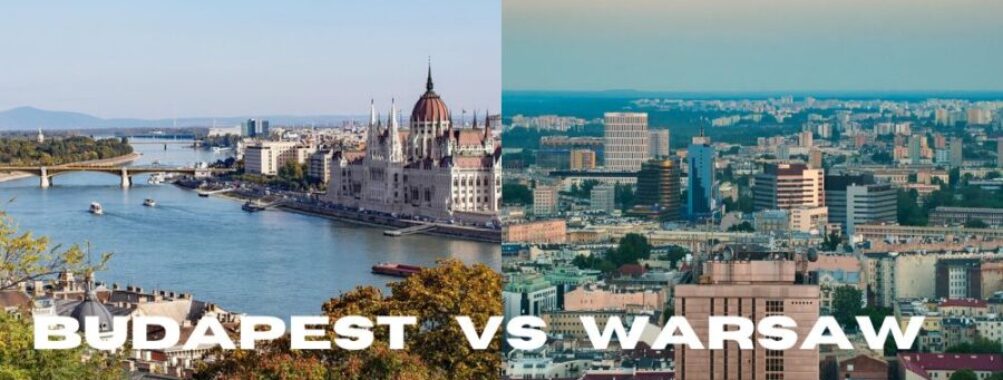
Budapest vs Warsaw: Which Eastern European Capital Offers Better Value in 2025?
Planning a trip to Eastern Europe often leads travelers to choose between two amazing capitals: Warsaw and Budapest. Both cities offer rich history, stunning architecture, and unique cultural experiences that make them worthy destinations.
Warsaw tends to be more budget-friendly for travelers, with local purchasing power about 23% higher than Budapest, while offering similar costs for groceries and daily expenses. The Polish capital shines with its remarkable post-war reconstruction and modern energy, making it an inspiring example of resilience.
Budapest captivates visitors with its grand buildings along the Danube River and famous thermal baths. The Hungarian capital remains one of Europe’s most affordable cities for tourists, thanks to its currency exchange rates. Spring travelers might prefer Warsaw’s extra sunshine hours – it gets nearly 70 more hours of sun than Budapest during this season.
Table of Contents
- Geography and Climate
- Warsaw’s Weather Patterns
- Budapest’s Seasonal Climates
- Cultural Landmarks and History
- Heritage of Budapest
- Warsaw’s Historical Journey
- Cost of Living and Economy
- Affordability in Warsaw
- Budapest’s Economic Overview
- Travel and Transportation
- Navigating Warsaw
- Getting Around Budapest
- Food and Culinary Scene
- Warsaw’s Culinary Offerings
- Budapest’s Gastronomic Diversity
- Leisure and Entertainment
- Warsaw’s Vibrant Nightlife
- Entertainment in Budapest
- Recreation and Family Activities
- Family-Friendly Warsaw
- Budapest for All Ages
- Accommodation Options
- Staying in Warsaw
- Hotels in Budapest
- Educational and Academic Prospects
- Universities in Warsaw
- Budapest’s Academic Climate
- Sports and Outdoor Activities
- Sporting Life in Warsaw
- Budapest’s Recreation
- Frequently Asked Questions
- What are the major differences in the cost of living between Budapest and Warsaw?
- How do the cultural experiences differ when comparing Budapest to Warsaw?
- In terms of nightlife, which city offers a more vibrant scene, Budapest or Warsaw?
- Can you compare the quality of life for expats in Budapest and Warsaw?
- What should one expect in terms of weather variations between Budapest and Warsaw throughout the year?
- Which city between Budapest and Warsaw is generally more preferred as a tourist destination, and why?
- Book Your Dream Experience
- More Travel Guides
Geography and Climate
Both cities have distinct seasonal patterns typical of Central Europe, with warm summers and cold winters. The Danube River shapes Budapest’s landscape while Warsaw sits on the Vistula River plain.
Warsaw’s Weather Patterns
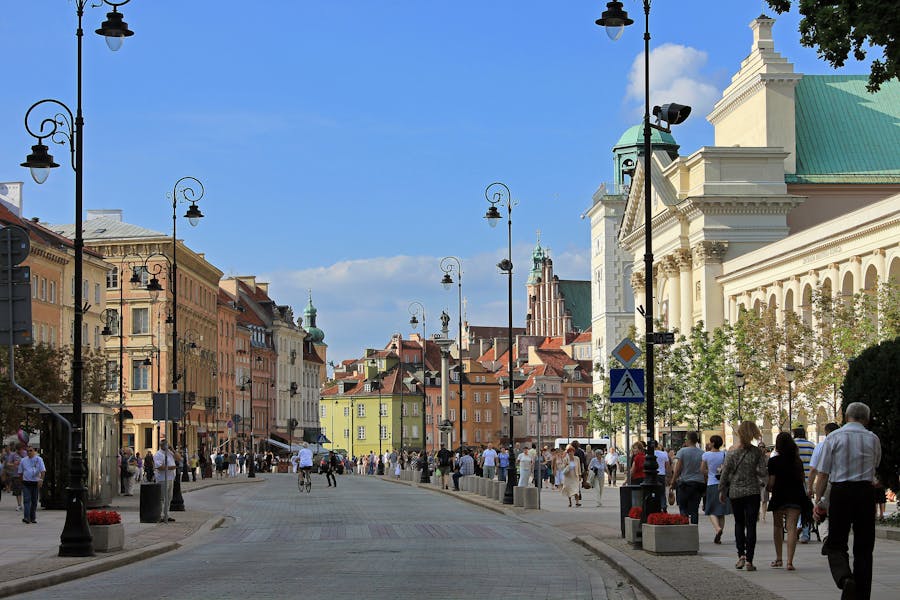
Warsaw’s climate brings four distinct seasons. Winter temperatures often drop below freezing from December through February, with snow common during these months. The city sees average winter temps around -2°C (28°F).
Spring brings mild days and cool nights to Warsaw. The weather warms up nicely by May, perfect for exploring the Old Town on foot. Summer temperatures usually reach 23°C (73°F).
Fall is crisp and colorful in Warsaw. September and October offer pleasant days around 15°C (59°F) – great for outdoor cafes and parks.
Budapest’s Seasonal Climates
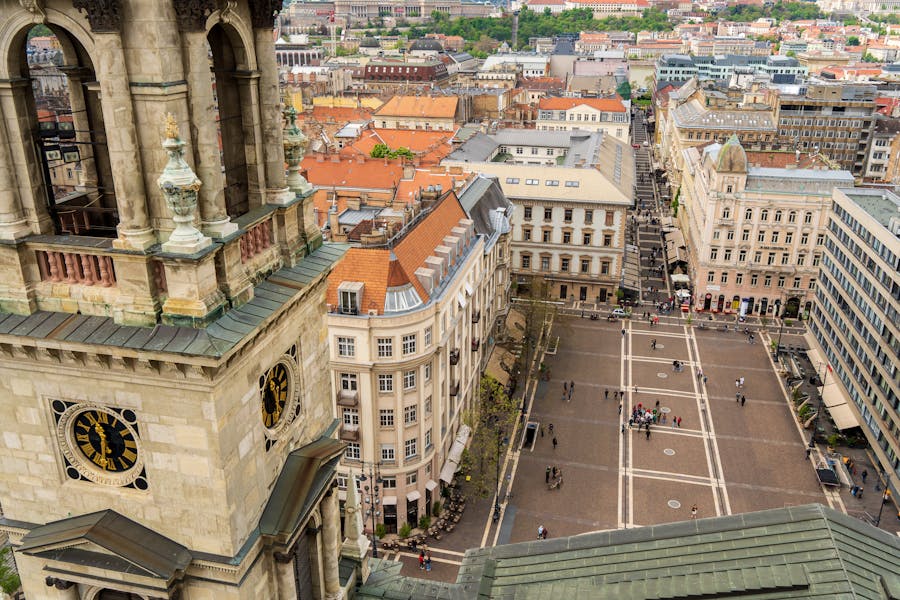
The Danube River helps moderate Budapest’s temperatures year-round. Winters are milder than Warsaw’s, with average lows rarely dropping below 0°C (32°F).
Spring arrives earlier in Budapest. March and April see temps climbing to 15-20°C (59-68°F). The city’s thermal baths are extra appealing during cooler spring mornings.
Summers are warm and sunny, with July highs around 26°C (79°F). The heat makes evening river cruises especially refreshing.
Fall brings golden colors to Budapest’s hills. September stays warm at 20°C (68°F), cooling gradually through November.
Cultural Landmarks and History
Both cities showcase remarkable architectural treasures and deep historical roots that stretch back centuries. Ancient fortifications, royal palaces, and religious buildings tell stories of triumph and tragedy across multiple eras.
Heritage of Budapest
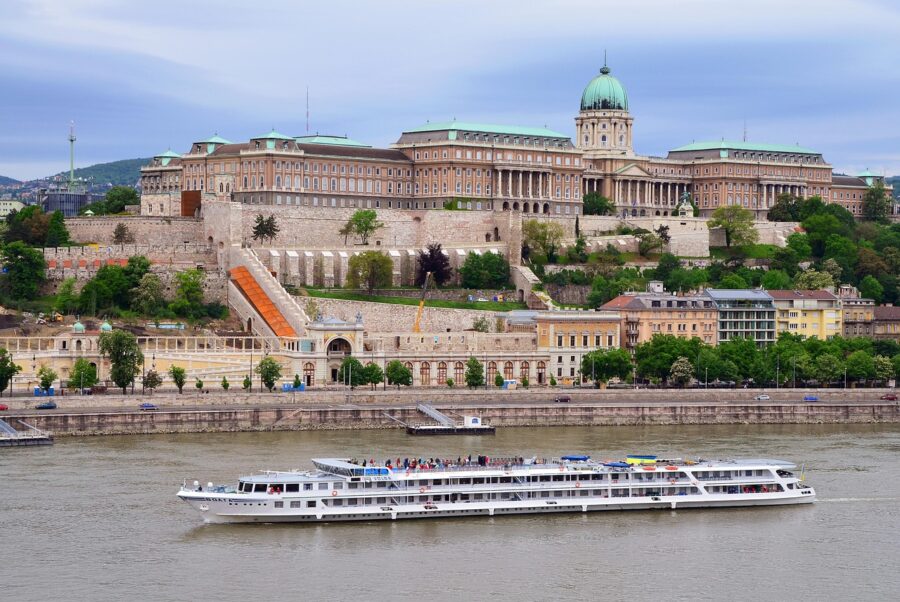
Buda Castle stands as the crown jewel of Budapest’s cultural heritage. This massive palace complex sits atop Castle Hill, offering stunning views of the Danube River below. The castle grounds include the Hungarian National Gallery and Budapest History Museum.
The castle district features cobblestone streets lined with medieval and baroque buildings. Many tourists explore the Matthias Church with its colorful roof tiles and gothic spires. The nearby Fisherman’s Bastion provides amazing photo spots with its fairy-tale towers.
The Dohány Street Synagogue ranks as Europe’s largest synagogue. Its Moorish design and peaceful garden serve as important reminders of Jewish heritage in Budapest.
Warsaw’s Historical Journey
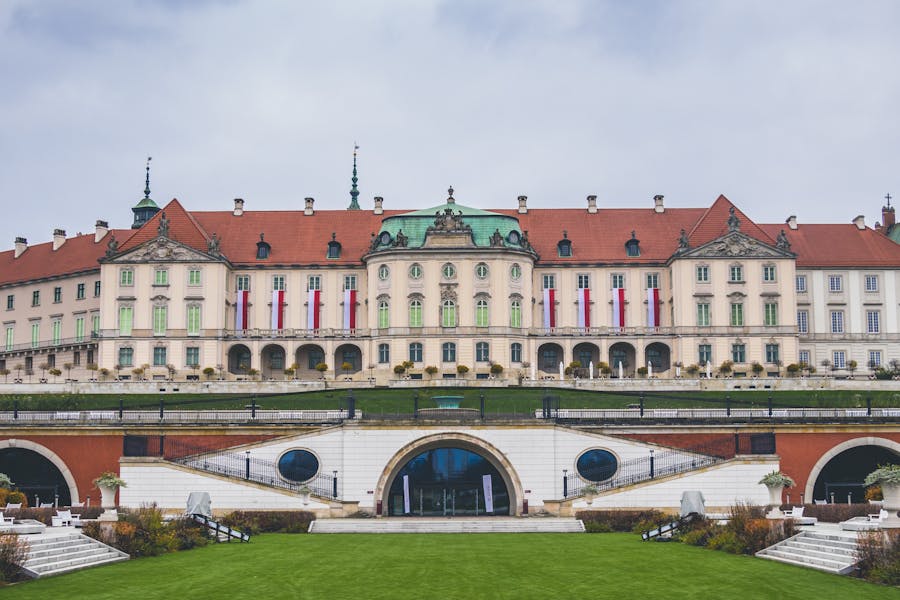
Warsaw’s Old Town amazes visitors with its perfect reconstruction after World War II destruction. The colorful townhouses and market square look just like they did centuries ago. This remarkable rebuild earned the area UNESCO World Heritage status.
The Royal Castle dominates Old Town’s skyline. Inside, visitors find lavish royal apartments and important Polish artwork. The castle tells the story of Polish kings and the city’s noble past.
Castle Square buzzes with street performers and cafes. Nearby, the Barbican fortress and city walls transport people back to medieval times. St. John’s Cathedral shows off gothic architecture that dates to the 14th century.
King Sigismund’s Column stands tall in Castle Square. This famous monument honors the king who made Warsaw Poland’s capital.
Cost of Living and Economy
Living costs differ significantly between these two major Central European cities, with Budapest offering more affordable housing and daily expenses compared to Warsaw. The price gaps reflect each city’s unique economic situation and standard of living.
Affordability in Warsaw
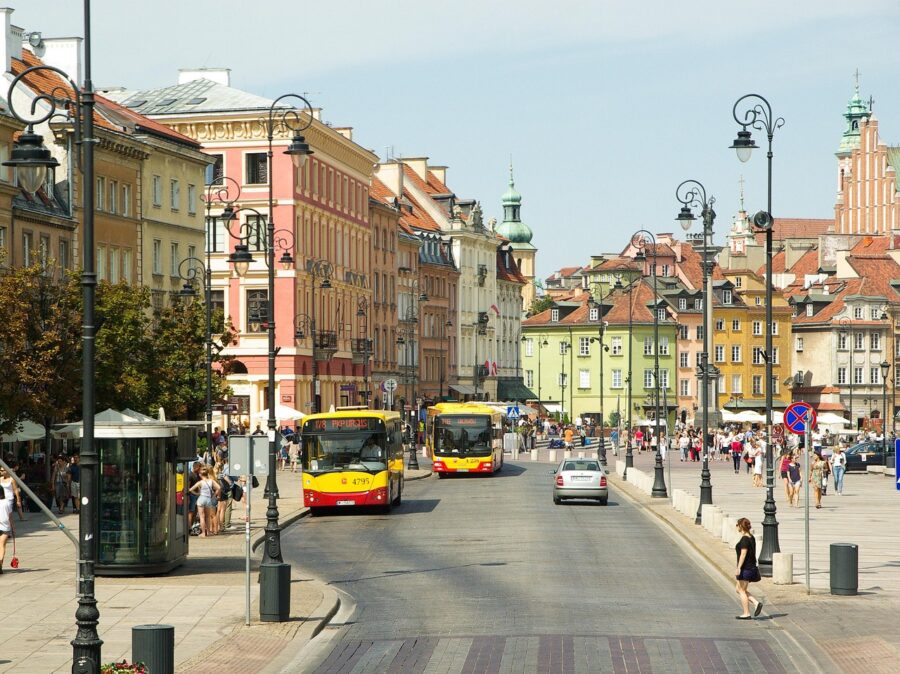
Warsaw’s cost of living sits about 33% higher than Budapest. A family of four needs roughly 17,000 zł ($4,250) monthly to live comfortably in Warsaw.
Rent takes the biggest chunk of expenses. A one-bedroom apartment in Warsaw’s city center costs around 3,500 zł ($875) per month.
Basic groceries in Warsaw run slightly cheaper than Budapest. A liter of milk costs about 3.50 zł ($0.87), while a loaf of fresh bread averages 5 zł ($1.25).
Monthly utilities for an 85m² apartment in Warsaw, including electricity, heating, and water, typically cost 750-900 zł ($187-225).
Budapest’s Economic Overview
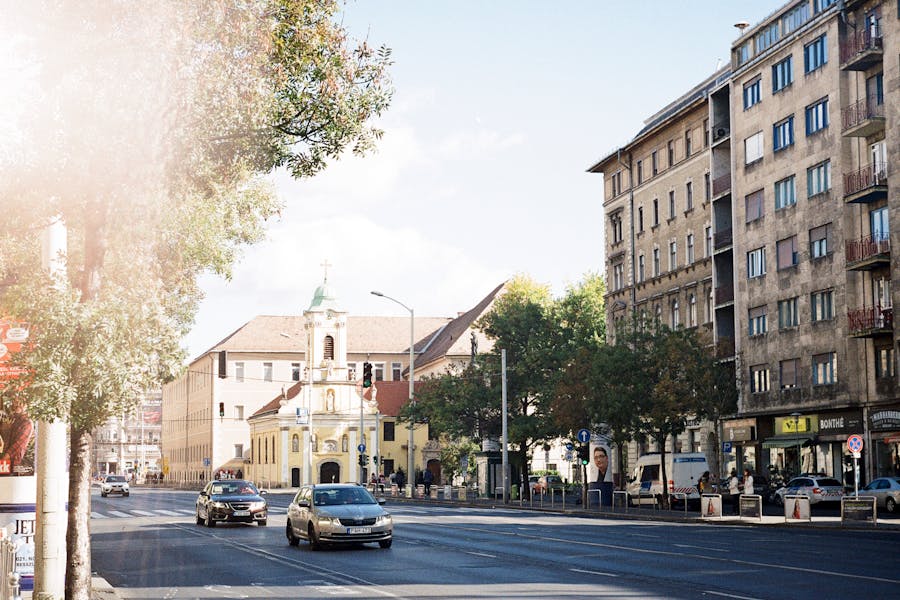
Budapest stands out as the more budget-friendly choice. The average monthly living costs for a family of four reach about 1,300,000 Ft ($3,700).
Housing costs shine as Budapest’s main advantage. Central apartment rents run 32% lower than Warsaw’s rates.
The 27% VAT rate in Hungary affects consumer prices. Still, many everyday items remain affordable. Restaurant meals cost 12% less than in Warsaw.
Public transport in Budapest costs slightly more than Warsaw, but the extensive network makes it worth the price difference.
Utilities in Budapest average 65,000-80,000 Ft ($185-230) monthly for a typical apartment, similar to Warsaw’s rates.
Travel and Transportation
Both cities offer efficient public transit systems and good connections to other European destinations. Each has its own unique ways of moving visitors around, from modern metro lines to historic trams.

Warsaw boasts a modern and well-connected transit network. The Metro system has two lines that cross the city, making it simple to reach major attractions and neighborhoods. Trams and buses fill in the gaps, running frequently from early morning until late at night.
The city’s main gateway, Warsaw Chopin Airport, sits just 6 miles from downtown. Direct trains zip travelers from the terminal to the city center in 20 minutes.
Street signs and transit maps display both Polish and English text. Buying tickets is straightforward – kiosks accept cards and cash, while mobile apps let you purchase fares right on your phone.
Getting Around Budapest
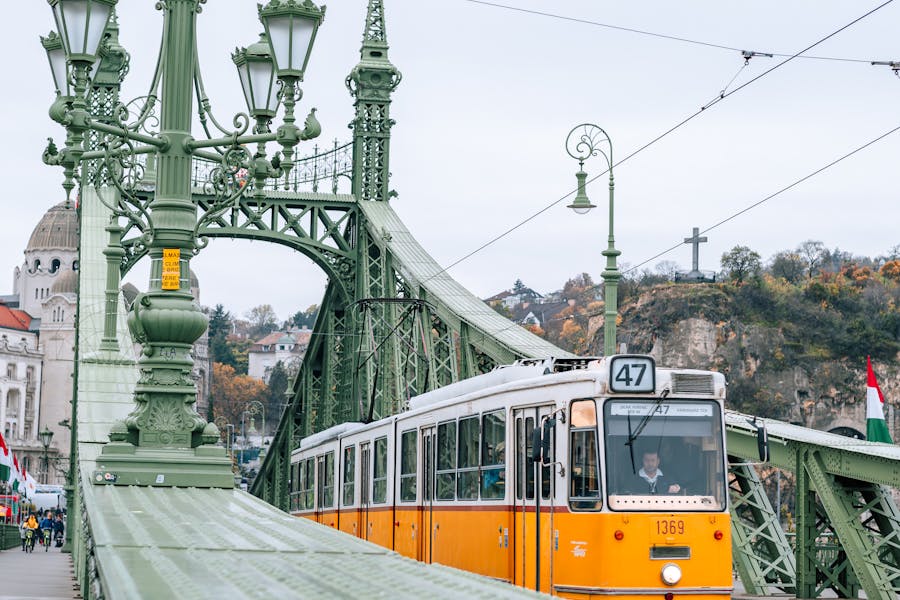
Budapest’s transit system stands out for its mix of historic and modern options. The city’s iconic yellow trams glide along the Danube, offering stunning views of both Buda and Pest. Three metro lines connect key areas, with the M1 line being the oldest underground railway in continental Europe.
Search flights to Budapest from major European cities through Budapest Ferenc Liszt International Airport, located 10 miles from the city center. The 100E airport shuttle bus provides direct service to downtown.
Transit tickets work across all modes of transport. Buying a multi-day pass saves money and eliminates the need to purchase individual tickets. Maps at stations show routes in Hungarian and English.
Food and Culinary Scene
Both cities offer unique and affordable dining experiences that showcase their rich culinary heritage, from traditional recipes to modern interpretations of classic dishes.
Warsaw’s Culinary Offerings

Polish cuisine shines in Warsaw’s diverse food scene. Traditional milk bars (bar mleczny) serve hearty Polish comfort food at budget-friendly prices. These casual spots offer classics like pierogi, żurek soup, and kotlet schabowy.
The city’s modern restaurants blend old and new cooking styles. You’ll find upscale Polish restaurants in restored buildings around Old Town, serving refined versions of traditional dishes. Many use local ingredients and seasonal produce.
Street food is popular too. Food trucks and markets sell zapiekanka (Polish pizza) and obwarzanek (ring-shaped bread). The Night Market Warszawa becomes a food lover’s paradise in summer months.
Budapest’s Gastronomic Diversity

Hungarian food goes beyond just goulash in Budapest. The Great Market Hall lets you sample local specialties like lángos (fried bread with toppings) and kolbász (sausages). Street vendors sell kürtőskalács (chimney cake) throughout the city.
The famous ruin bars serve both drinks and tasty food. Many have their own food stalls or host pop-up kitchens. These spots offer a mix of Hungarian and international dishes at good prices.
Fine dining thrives here too. Budapest has several Michelin-starred restaurants that create innovative takes on Magyar cuisine. Local wine bars pair regional wines with small plates of traditional foods.
The city’s coffee house culture remains strong. Historic cafes serve sublime Hungarian pastries like Dobos torte alongside perfect espresso.
Leisure and Entertainment
Both cities offer unique entertainment scenes that attract visitors seeking vibrant nightlife and cultural experiences. The mix of modern venues and historic locations creates distinct atmospheres for evening activities.
Warsaw’s Vibrant Nightlife
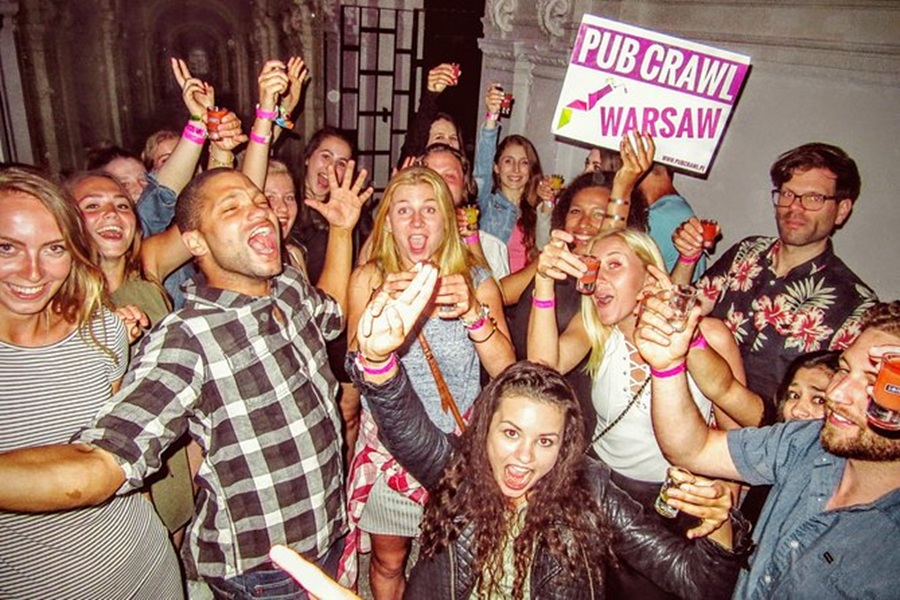
Warsaw’s nightlife centers around the Praga district, where old factories now house trendy clubs and music venues. The city’s club scene pulses with electronic music and live performances until dawn.
Many bars in Warsaw occupy restored pre-war buildings, giving them a special charm. You’ll find craft beer pubs next to sophisticated cocktail lounges along Mazowiecka Street.
The city’s entertainment options extend beyond drinking spots. Theater performances, both traditional and experimental, run throughout the year at venues like TR Warszawa and Teatr Wielki.
Entertainment in Budapest
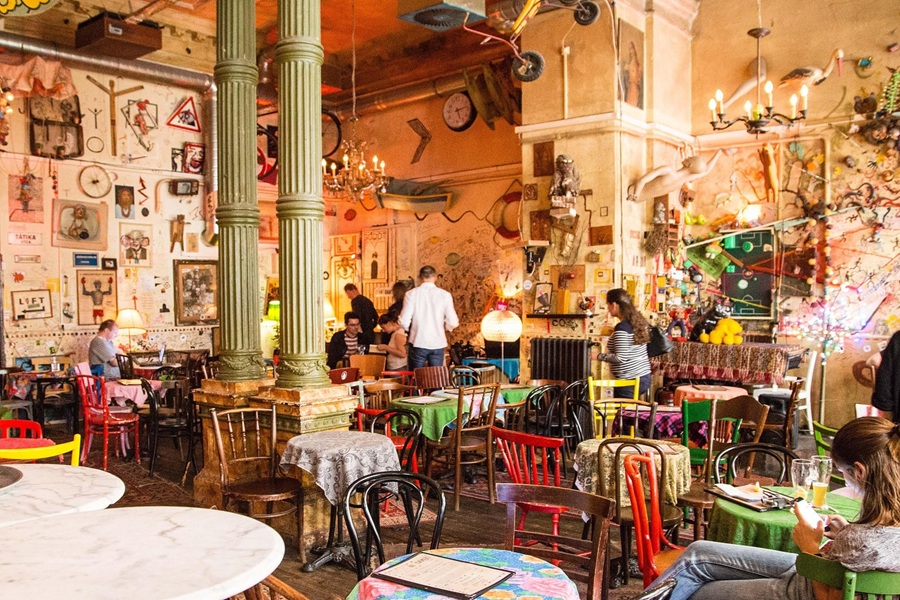
Budapest’s famous ruin bars define its nightlife scene. These quirky venues occupy abandoned buildings in the Jewish Quarter, decorated with mismatched furniture and local art.
Szimpla Kert, the original ruin bar, started a trend that spread across the city. Each venue has its own character – some focus on live music, others on craft drinks or dancing.
The city offers more than just bars. The Budapest Opera House hosts world-class performances, while thermal bath parties at Széchenyi Baths give visitors a unique party experience.
Street festivals pop up regularly in summer months. Local bands perform in parks and squares, creating a lively atmosphere throughout the city’s historic districts.
Recreation and Family Activities
Both cities excel at entertaining visitors of all ages with fascinating museums, expansive parks, and exciting attractions that blend education with fun.
Family-Friendly Warsaw

The Copernicus Science Centre stands out as Warsaw’s premier spot for curious young minds. Kids can explore interactive exhibits and join hands-on experiments that make science come alive.
Warsaw’s museums tell stories in ways that captivate children. While some focus on history, others offer lighter themes perfect for families. The Museum of Technology lets kids discover vintage cars and machines.
Parks dot the city landscape, giving families plenty of space to play and relax. Łazienki Park features peacocks roaming freely and weekend piano concerts that kids find magical.
Street performers and musicians along the Vistula River bank create an entertaining atmosphere for afternoon walks. The area comes alive with family-friendly festivals during summer months.
Budapest for All Ages

The historic Budapest Zoo ranks among Europe’s oldest animal parks. Located next to City Park, it houses hundreds of species from elephants to giraffes, with special feeding sessions that delight young visitors.
City Park itself serves as a massive playground for families. In winter, its lake transforms into Europe’s largest ice skating rink. Summer brings paddle boats and picnic opportunities.
Kids love riding the Children’s Railway in the Buda Hills. Young train enthusiasts mostly operate the journey, which offers beautiful views and a unique experience.
Margaret Island provides a perfect escape with its musical fountain, mini zoo, and plenty of space for running around. Rental bikes and pedal carts make exploring fun for the whole family.
Accommodation Options
Both Warsaw and Budapest offer diverse lodging choices that fit different budgets and travel styles. The prices tend to be lower than in Western European capitals, making them great value destinations.
Staying in Warsaw

Warsaw provides excellent value for money when it comes to places to stay. A furnished apartment in the upscale areas costs around 11,369 złoty per month, perfect for longer stays. The city center has many modern hotels near the Palace of Culture and Science.
The Old Town area features charming boutique hotels in restored historic buildings. Many travelers choose to book accommodations in Warsaw near the Royal Route, which connects the main tourist spots.
Budget travelers can find clean hostels in the Praga district. The Wola neighborhood offers mid-range options close to shopping centers and public transport.
Hotels in Budapest
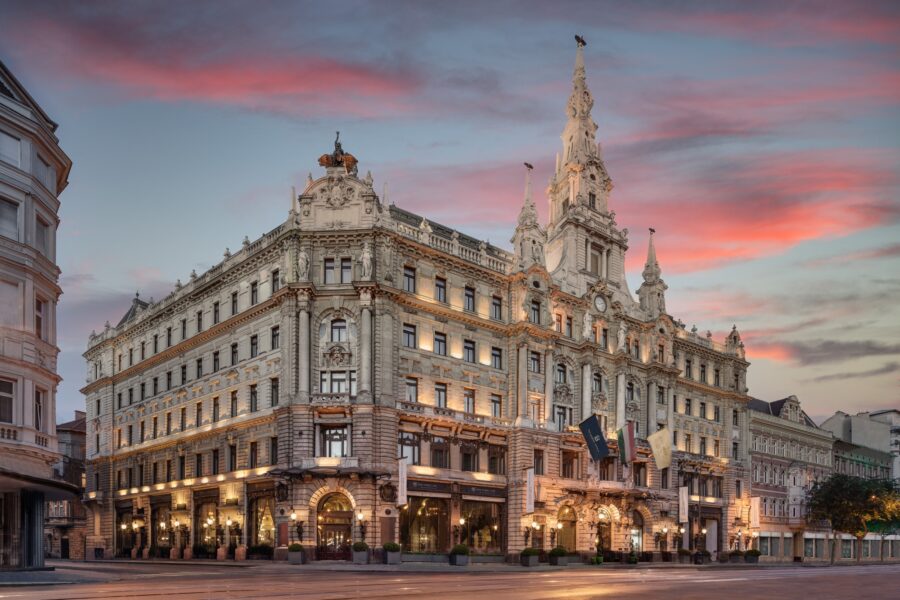
Budapest’s accommodation scene combines historic luxury with modern comfort. The Castle District and areas near the Chain Bridge house elegant four and five-star hotels in beautiful 19th-century buildings.
The Jewish Quarter attracts younger travelers with its boutique hotels and hip hostels. Many rooms offer views of the Danube River or the Parliament building.
The Pest side has plenty of affordable guest houses and private rooms. The area around Andrássy Avenue mixes high-end hotels with budget-friendly options near restaurants and nightlife spots.
Thermal spa hotels in the Buda Hills give visitors direct access to the city’s famous baths. These wellness-focused properties often include spa treatments in their rates.
Educational and Academic Prospects
Warsaw and Budapest stand as major educational hubs in Eastern Europe, each offering unique academic environments and opportunities for students seeking higher education. The cities feature prestigious universities, diverse study programs, and vibrant student communities.
Universities in Warsaw
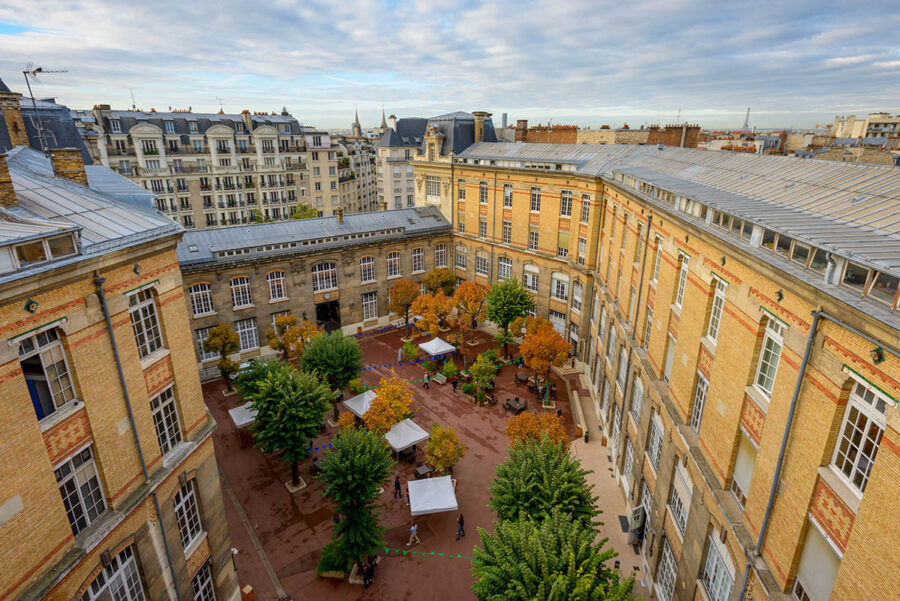
Warsaw hosts 369 educational centers with 235,500 students pursuing their studies in the city. The ESCP Business School, with its Warsaw campus, draws international students for its top-tier management programs.
Polish universities in Warsaw give students access to both academic and vocational paths. Many programs are taught in English, making them popular with international students.
The job market in Warsaw actively seeks graduates from local universities. Companies value the practical skills and theoretical knowledge gained from Warsaw’s educational institutions.
Budapest’s Academic Climate
Budapest ranks among Europe’s most educated cities, with 55.9% of residents aged 25-64 holding higher education degrees. This rate stands well above Hungary’s national average of 32.9%.
The city’s universities attract students from across the globe. Programs span various fields, from arts to technology.
Budapest’s student life blends academic excellence with cultural experiences. The city’s central location in Europe makes it ideal for international exchange programs.
Student housing costs less in Budapest compared to many Western European cities. The affordable living expenses attract many foreign students looking for quality education on a budget.
Sports and Outdoor Activities
Both cities offer unique ways to stay active, from traditional team sports to water-based recreation along their famous rivers. The sporting cultures reflect each city’s character and history.
Sporting Life in Warsaw

Warsaw’s sporting scene centers around its modern facilities and outdoor spaces. The National Stadium hosts major football matches and seats over 58,000 fans. Local teams like Legia Warsaw draw passionate crowds throughout the soccer season.
The city’s parks provide perfect spots for jogging and cycling. Łazienki Park features dedicated paths where locals exercise year-round. In winter, several outdoor ice rinks pop up across Warsaw for skating enthusiasts.
Water sports thrive on the Vistula River during warmer months. Kayaking and sailing are popular activities, with rental spots along the riverbanks.
Budapest’s Recreation

The Danube River shapes Budapest’s outdoor activities. Kayaking and stand-up paddleboarding are big hits, especially around Margaret Island. The Római Part area offers equipment rentals and beginner-friendly water spots.
Swimming is huge in Budapest thanks to its thermal baths. The city’s historic pools double as training grounds for competitive swimmers and casual athletes alike.
Margaret Island serves as an outdoor gym for city residents. Its 5.3-kilometer running track circles the island, while tennis courts and athletic fields fill the interior spaces. Pickup soccer games happen regularly on the public fields.
Rock climbing enthusiasts head to the Buda Hills, where marked trails and climbing spots offer different difficulty levels.
Frequently Asked Questions
Both Warsaw and Poland’s capital cities offer distinct advantages for travelers and expats in 2025. Each destination brings its own unique charm, culture, and living experience to the table.
What are the major differences in the cost of living between Budapest and Warsaw?
Budapest tends to be more budget-friendly thanks to Hungary’s use of the Forint currency. Everyday expenses like dining out and public transport cost less in Budapest than in Warsaw.
Rent prices in Warsaw run about 15-20% higher than in Budapest, especially in central areas.
How do the cultural experiences differ when comparing Budapest to Warsaw?
Warsaw showcases a remarkable blend of restored historical buildings and modern architecture. The city rebuilt itself after World War II while keeping its cultural identity intact.
Budapest features grand thermal baths, Art Nouveau architecture, and a rich cafe culture along the Danube River. The city’s layout and atmosphere feel more traditionally European.
In terms of nightlife, which city offers a more vibrant scene, Budapest or Warsaw?
Budapest’s ruin bars and riverside venues create a unique party atmosphere you won’t find anywhere else. These bars occupy old abandoned buildings transformed into eclectic nightlife spots.
Warsaw’s nightlife centers around the Praga district and downtown areas. The scene includes modern clubs, jazz bars, and traditional Polish pubs.
Can you compare the quality of life for expats in Budapest and Warsaw?
Warsaw offers more job opportunities in international companies and a growing tech sector. The city provides excellent public transportation and green spaces.
Budapest attracts expats with its lower living costs and central European location. The city offers good healthcare and a large international community.
What should one expect in terms of weather variations between Budapest and Warsaw throughout the year?
Warsaw experiences more sunshine in spring, with 247 hours compared to Budapest’s 178 hours. The Polish capital gets slightly less rain in April.
Both cities have hot summers and cold winters. Warsaw tends to be a bit cooler year-round due to its more northern location.
Which city between Budapest and Warsaw is generally more preferred as a tourist destination, and why?
Budapest draws more tourists thanks to its stunning architecture and thermal baths. The city’s walkable layout makes it easy to explore major attractions.
Warsaw appeals to visitors interested in modern history and revival stories. The city’s mix of old and new provides unique perspectives on European culture.
The Old Town areas offer different experiences – Warsaw’s is a faithful reconstruction, while Budapest’s districts maintain their original structures.



